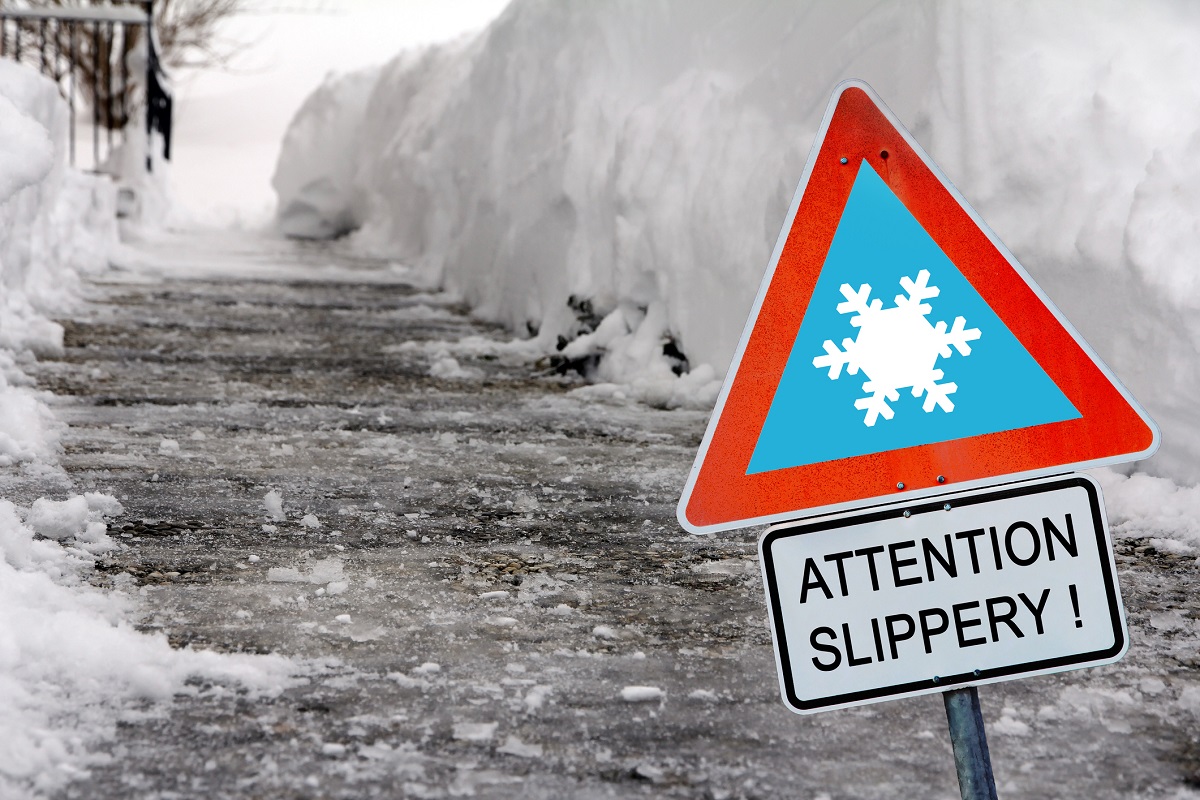The Medical Minute: Don’t overdo it in winter weather

Whether the blanket of snow outside beckons you to a winter playland of skiing and sledding or to the mundane tasks of shoveling or snow blowing, consider your health and safety before you venture out.
“Realize your limitations,” said Dr. Jeff Lubin, an emergency medicine physician at Penn State Health Milton S. Hershey Medical Center. “Just because it snowed doesn’t mean you should jump on a snowmobile or grab a shovel if you haven’t done these activities in a while.”
For those who normally live a sedentary lifestyle, shoveling snow can be the equivalent of a stress test, kicked up a notch. “Cold weather will cause the body to constrict blood vessels to maintain warmth, which can then raise blood pressure and the risk for heart attack,” said Dr. Chad Zack, a cardiologist at Penn State Heart and Vascular Institute.
As with most things, moderation is key, and that’s especially important when shoveling snow, which claims 100 lives every year in the U.S.
People with heart or lung issues or who are elderly with underlying health conditions should avoid shoveling if possible and ask a friend or hire someone to do it, the doctors said. However, it’s important for everyone to practice shoveling safety.
“Shovel only what you need to shovel,” Zack said. “Shovel the walk if you’re facing a fine if you don’t, but don’t shovel the driveway if you don’t need to go out. Shovel small amounts of snow rather than heavy loads at once, and take frequent breaks.”
Use an ergonomic shovel, which can be easier on the back and the heart, and make sure you keep hydrated to replace fluids lost by sweating.
“Pay attention to the classic signs of a heart attack – chest pain; shortness of breath; pain that radiates to the jaw, arm or back; nausea or cold sweats – and stop if you experience any of them,” Zack said. “If they persist, call 911.”
The same is true with any winter weather sport that can be physically taxing – pay attention to your body’s signals, doctors say.
When it comes to winter-weather injuries that land people in the emergency department, the main culprits are slipping on ice, car accidents and snowblower accidents, Lubin said.
Most snow blowers use a spring to spin the auger that pushes the snow.
“People don’t realize the force of the spring inside the snowblower. If it gets jammed with snow and they reach in to get the snow out, they can end up with pretty severe hand injuries,” he said. “Even if it’s turned off, the spring can still release and injure you, so keep your hands away from any moving parts. Use something other than your hand to release the jam.”
Falls on the ice mostly result in strains and bruises, but they can also lead to broken bones and lower back and head injuries, Lubin said. Luckily, frostbite isn’t common in this area of the country, but it’s important to recognize the signs of frost nip – whitening of the toes and fingers and pain – and get inside before it escalates, Lubin said.
It’s also important to dress for the temperatures. Turns out Mom was right – you actually do lose heat through your head because a lot of circulation goes to the head, so wear a hat. Dress in layers because they trap heated air to keep you warmer, and change out of wet clothing promptly.
Remember to warm up before you grab the shovel or hit the slope. Cold muscles are less effective and therefore more likely to be injured, Lubin said.
And plan now to get in better shape for next winter’s weather by getting 30 minutes of exercise five days a week when spring finally arrives. “Even walking briskly is good exercise – you want to get slightly out of breath but not uncomfortable,” Zack said. “Getting in shape is good for improving health and longevity all year long.”
Related content:
- The Medical Minute: Beat the unpredictable weather with indoor exercise tips
- The Medical Minute: Understanding seasonal affective disorder
The Medical Minute is a weekly health news feature produced by Penn State Health. Articles feature the expertise of faculty, physicians and staff, and are designed to offer timely, relevant health information of interest to a broad audience.
If you're having trouble accessing this content, or would like it in another format, please email Penn State Health Marketing & Communications.
